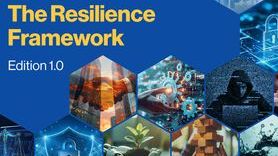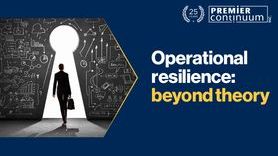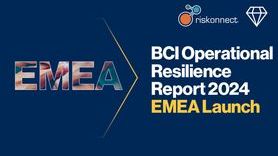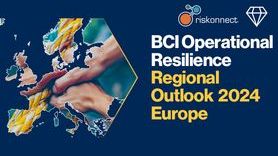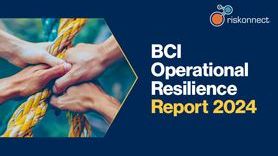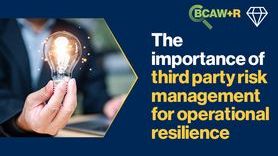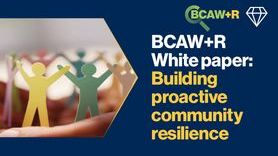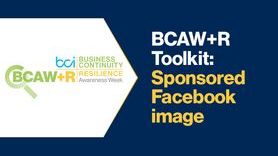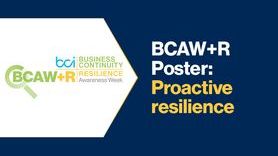Introducing the BCI Operational Resilience Special Interest Group (SIG)
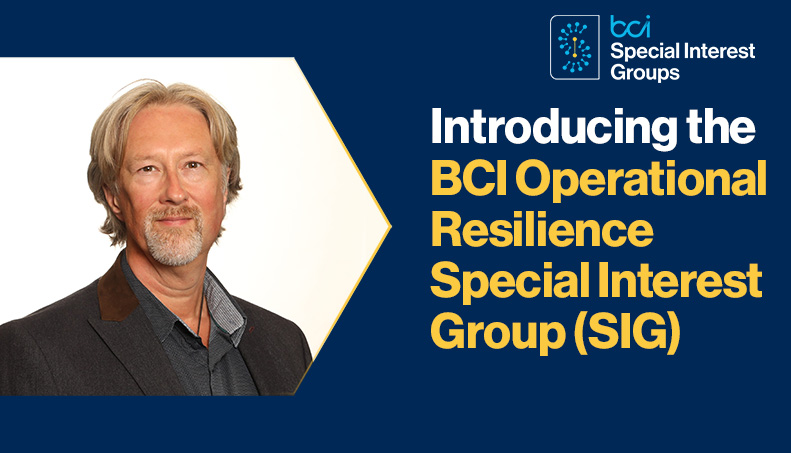
In this spotlight, James Lodge FBCI, leader of the new BCI Operational Resilience Special Interest Group (SIG), introduces the SIG, as well as the aims and objectives for the group.
What is the intention for the BCI Operational Resilience SIG?
The purpose is to create an open forum where BCI members can come together and chew over the ins and outs of operational resilience. I want this to be a place where people feel comfortable sharing challenges, bouncing ideas off each other, and digging into the nitty gritty details of what works (and what doesn't!) when it comes to implementing resilience programmes. By bringing together subject matter experts from across industries and specialisations, my hope is that we can move the needle on best practices and provide BCI members with useful, actionable guidance.
This SIG will be focused on helping organizations of all shapes and sizes improve their resilience. Whether it's collaborating on research, developing training materials, or just giving members a space to learn from peers, our goal is to arm you all with the tools and knowledge needed to enhance resilience within your organization. The more resilient our members are, the more we've achieved the BCI's overall objective.
What type of challenges are organizations facing regarding operational resilience?
From what I've seen, many organizations are struggling to navigate growing complexity and uncertainty. Everything from supply chains, technologies, and business models, etc, is becoming more interconnected and dynamic. This creates great opportunities but also exposes new risks. Staying resilient in the face of rising complexity is a huge challenge! My sense is that organizations may need help translating broad resilience goals into concrete strategies and response plans which can provide stability when unexpected events strike. That's exactly what I hope this SIG will look to address.
What are some of the long-term objectives for the BCI Operational Resilience SIG?
Looking long-term, I really want to see this SIG grow into a vibrant community of practice where members are engaged, as well as sharing insights and expertise. I envision us producing materials —practical frameworks, toolkits, research papers, etc ¬— that establish the BCI and its members as thought leaders in operational resilience. I also want to provide professional development opportunities to help members enhance their skills and advance their careers.
As for planned activities, I aim to offer webinars, facilitated discussions, working groups, and conference sessions. There will be many different ways for SIG members to connect and collaborate. The goal is to foster productive exchanges where everyone's expertise is synthesised into value-add for the broader membership.
Therefore, I anticipate the SIG being useful for anyone accountable for organizational resilience, whether you're in continuity, risk management, or crisis response, or own resilience across functions like IT, supply chain, and finance. My goal is to tailor the SIG's offerings to the real-world needs of practitioners looking to up their game.
Finally, I would like to encourage people to join and become part of this new group. The more people that get involved the more value we can provide.








